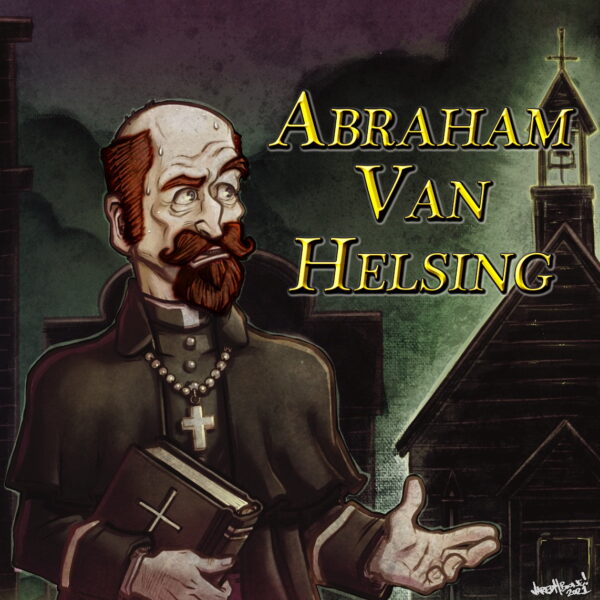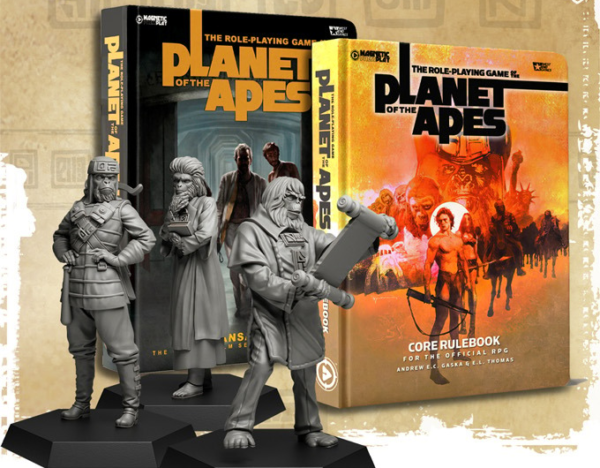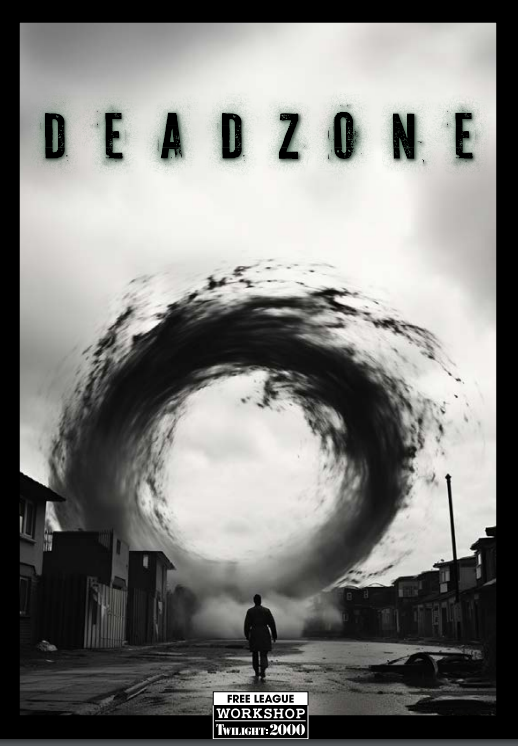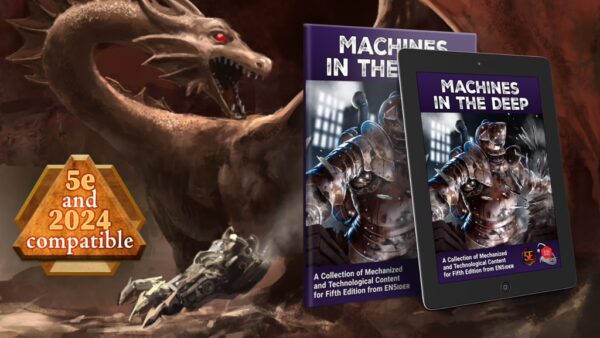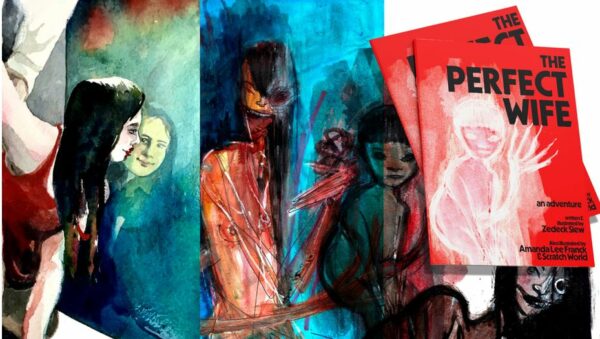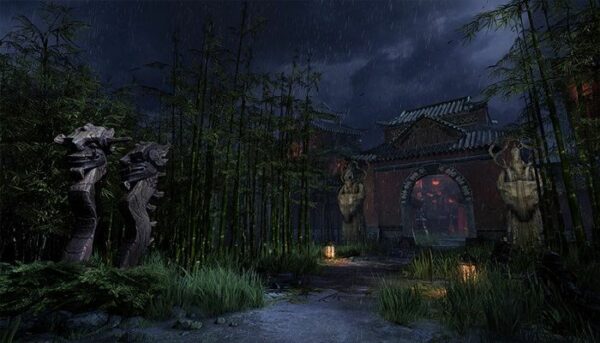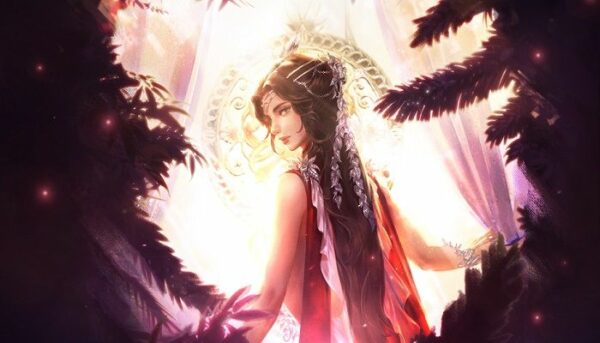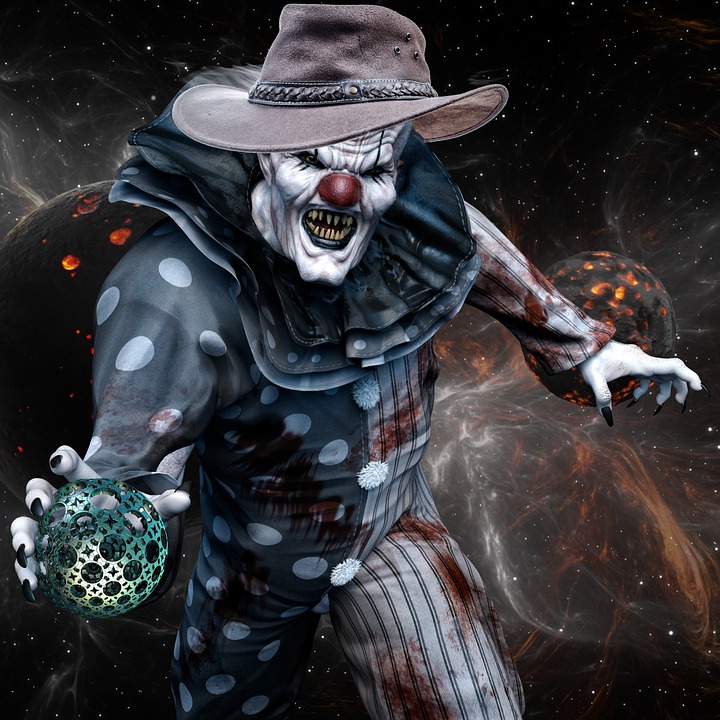

You know what can really derail a game? Making a character that conflicts with the guidelines the GM created for the campaign.
Some Guidelines
Now, I should say up front that I don’t think the GM should be able to make the guidelines so tight they may as well just hand out pregen characters. It is very important to remember that every player should be able to not only create a character they want to play, but one they have had the opportunity to invest some of their imagination in creating. It’s pretty much their only input into the setting of the world and so it’s only fair the GM should share that power a little. For many players, the excitement to join a new game is not to enter the setting but to get to play the person they just created. Cut down that enjoyment and you will cut down their investment in the adventure.
However, there are occasions when players simply ignore the world and create a character they want, or worse, a character actively works against playing the game as a group. For instance, the GM might decide to run a crossover World of Darkness game where each player plays one of the various supernatural creatures each. When the person playing the Werewolf arrives he declares, “My character really hates vampires, like just goes into a killing rage when he sees one.” It may be in character, and it may not have been explicitly against the GM’s instructions. But its pretty clear that in a mixed group, such an extreme reaction to a character someone else is playing is not only going to cause problems, but make playing those two characters together impossible.
Why This Happens and How to Fix It
In most cases, the player isn’t trying to make trouble. It’s more likely the player simply played a character they’re accustomed to playing, or didn’t consider the consequences of their actions in group play. So in this case the GM should take care not to just say what players can’t play, but to offer them some suggestions of what would be acceptable. One of these templates or examples might inspire a player having trouble deciding what to create.
The GM should also be up front with what will and won’t work in the game they are offering. Being clear about the game’s guidelines may turn off some players to the game early, but will save a lot of headache later.
In the Saga Star Wars game I’m playing in the GM said he wouldn’t allow droids as PCs, and would prefer humans, but anything else was ok. What we didn’t know was that we were all adapted clones of the Emperor, created to give him several possible body options depending on his mood if he was killed and needed to possess a new one. Most of us went for a human but one player chose a Besalisk (large and very corpulent 4-armed guy). In this case no one had gone against anyone’s instructions and the Besalisk is a cool character. But as we played the game it turned out we found ourselves infiltrating a lot of Imperial bases. While the rest of us could disguise ourselves as officers or storm troopers, they don’t do too many XXXL uniforms with 4 arms. It added a difficulty that meant in retrospect, insisting on all human or human-like characters might have helped.
Some players are of course more bloody minded. This often comes from what they think is fun not being what everyone else thinks is fun. This is one of the reasons Guardians of the Galaxy is clearly an RPG group: a wise-cracking thief, a deadly assassin, a powerful warrior, a tech guy, a tree that only says one word, and a talking raccoon with an attitude. The group really worked in the end, but if the GM had been planning a serious and intense sci-fi heist caper, that was off the table the minute he heard “racoon” and “tree.”
So, it’s important to set the theme and mood as much as the physical aspects of the characters. The GM needs to tell the players if they are ok with silly characters from the get go, or if actually they prefer them. If you are playing a game of Red Dwarf or Toon and everyone creates deep and serious characters, it will fall apart just as quickly.
But It Restricts My Creativity!
Even with many tough restrictions of the types of character allowed, there is still a vast array of options. The GM might say: “You are all cops on a space station. You went to the same academy, you must have the following skills at least at the following levels, off you go.” Restrictive yes, but carbon copies of each other? No. Is your character married? Did they have relationships with any of the others at the academy? Is one of them corrupt or on the take? How well do they react to the internal hierarchy? Do they do anything illegal themselves? The list could go on, mainly as the true heart of a character is rarely to be found in their stats.
Interestingly, whole games that restrict characters are often easier for players to dive into. Vampire the Masquerade restricts you to one of 13 clans as character templates and its one of its most successful features. Star Trek Adventures assumes you are a Federation crew and that’s fine. The three Fantasy Flight Star Wars games are each very specific about the type of characters available (Fringers, Rebels or Jedi).
More open games are the ones that can run into problems. We added “Associations” to Victoriana 3rd edition as we had many people say of 2nd Edition “but what do you play?” The answer of “any Victorian you like” just left them confused. Similar advice was required in Doctor Who as “anyone from the whole of time and space” was quite daunting as character options. So a totally blank page is actually problematic rather than freeing. To quote Monica in Friends, “Rules are good, rules control the fun.” Essentially, a few restrictions are not a hurdle to be overcome but a guideline to help reduce the impossibly wide selection of options.
Isn’t This the GM’s Job?
It’s a common refrain that it’s the game master’s job to make every character work for the setting. But I find that long-term, cohesive campaigns are a collaborative effort from the start. It’s everyone’s job to work the characters into the adventure, and that starts at character creation. It’s up to each player to create something that will fit into the adventure. It’s up to every player to create a character that can at least join the player character group (even if they hate everyone) and then it is up to the GM to adjust the setting a little to make sure everyone fits. If any single person ends up having to do all that the game will suffer.
So, while it is up to the GM to allow a certain amount of freedom in character creation, the players have a responsibility to make that job as easy as possible. They need to meet the GM halfway; sometimes, explaining why the guidelines are there can ruin the adventure or secrets of the campaign. If in my Star Wars game, we’d known what we all were from the start, a huge part of the driving mystery of the game would have been lost. GM and player trust go a long way in creating a fun game.
Your Turn: How do you manage player concepts that don’t fit your campaign?


